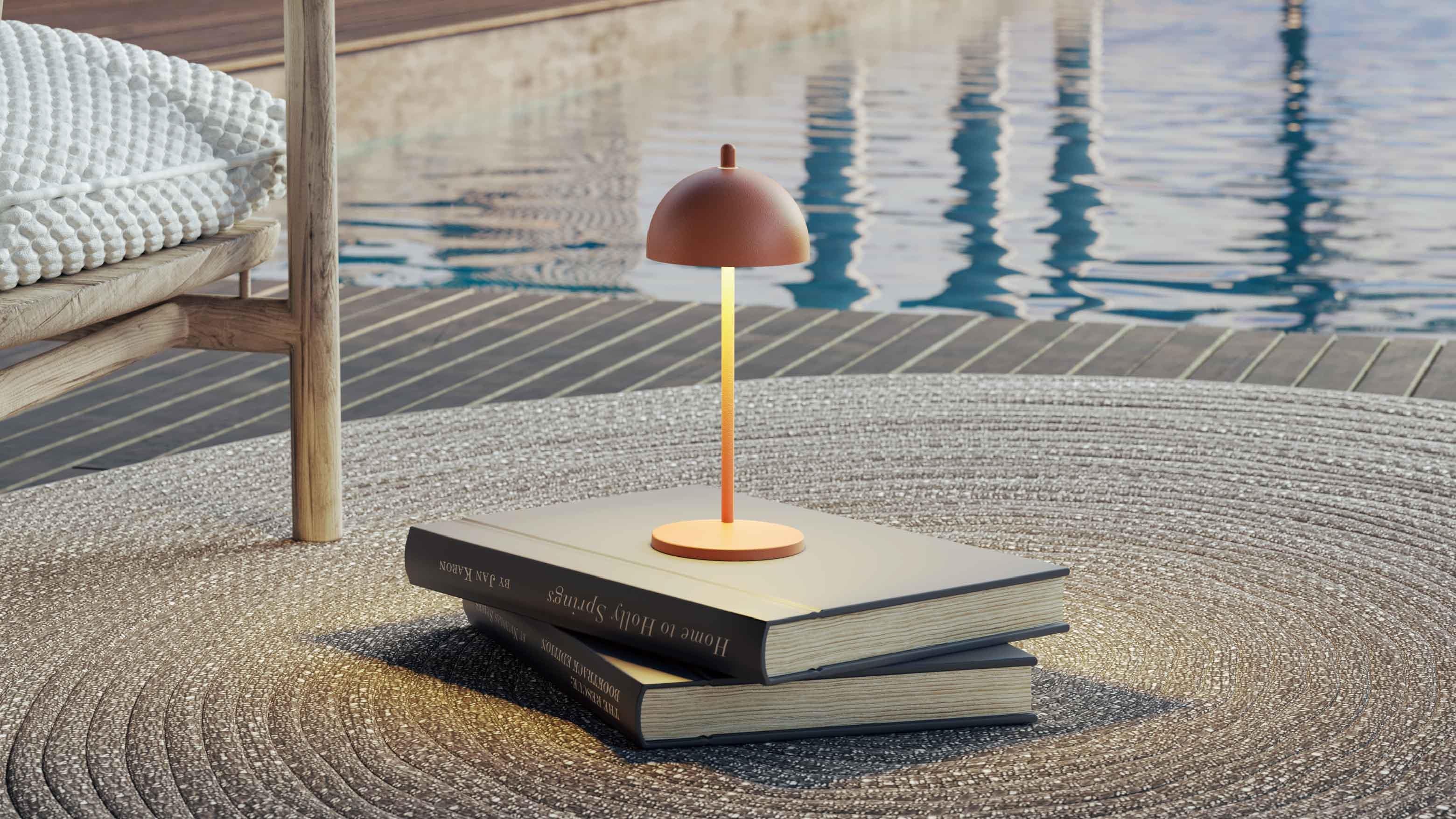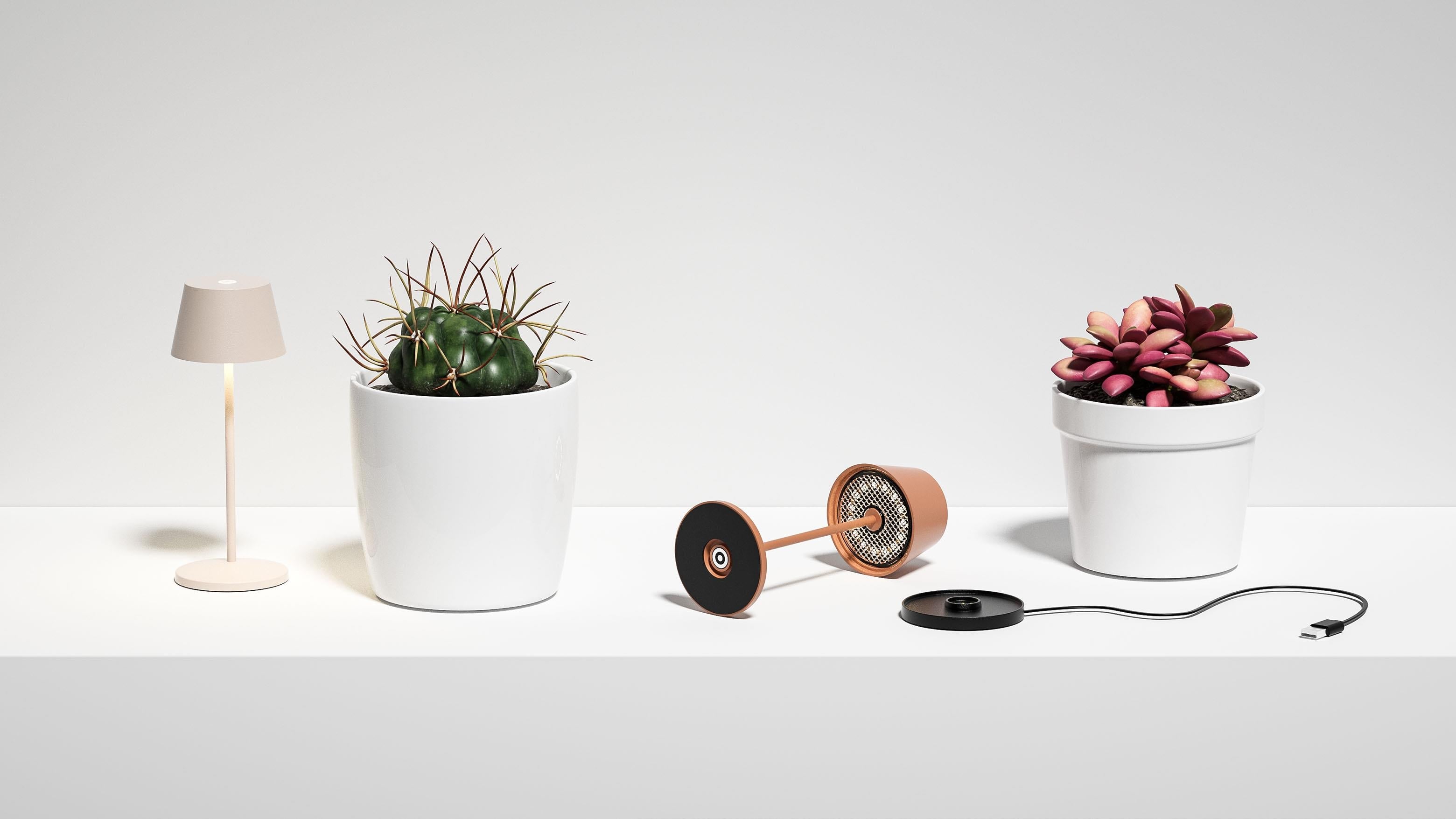
Lighting as Storytelling: What Hospitality Can Learn from the Stage
If you’ve ever been swept away by a theatre performance or captivated by a ballet, chances are you didn’t notice the lighting. And yet, it was there — silently guiding your emotions, focusing your attention, and elevating the story.
At Trempa Lights, we believe the same principles that shape stage lighting apply to hospitality design. After all, hospitality is its own kind of performance. Every check-in, every table service, every transition between lunch and dinner — it’s choreographed.
Here’s how insights from theatre lighting can transform your restaurant, bar, or hotel into a story-rich, emotionally resonant space.
1. Lighting Creates Transitions, Not Just Ambiance
In theatre, light guides the audience from act to act — signaling mood shifts, time changes, or scene transitions. Hospitality can do the same.
Use Trempa’s cordless, adjustable table lamps to help a breakfast nook become an evening wine bar. Or transition your lobby from vibrant to serene as the sun sets.
Good lighting says: “This moment is shifting now.”
2. Every Guest Is the Main Character
On stage, lighting directs the audience’s gaze. In hospitality, it shapes flow, focus, and feeling.
Highlight the bar. Spotlight the terrace entrance. Guide guests intuitively from welcome to experience to goodbye.
With Trempa Lights, every space feels curated, and every guest feels like the scene was made just for them.
3. Contrast Creates Emotion
Contrast in light — bright against dark, warm versus cool — creates tension or intimacy, drama or calm.
Soft pools of light in private corners. A glowing host stand against a dim background. These moments make a space feel alive.
Trempa’s dimmable designs help layer light so you can build emotional zones within a single venue.
4. Lighting Supports Your Brand Narrative
Theatre lighting supports the script. Hospitality lighting should support your story.
A rustic wine bar calls for candlelight warmth. A sleek rooftop lounge thrives on cool, futuristic glow.
Your lighting should reinforce your brand identity — not distract from it.
Trempa’s cordless table lamps come in a variety of finishes and tones, so you can match mood and message perfectly.
5. Rehearse, Adjust, Refine
Theatre lighting is rehearsed until flawless. Hospitality lighting should be flexible too.
What works at noon might feel too cold at 8pm. A light that flatters in summer might be too harsh in winter.
Trempa Lights are made to adapt. Try different placements. Observe real service flow. Adjust and refine. Because when lighting is dynamic, your space becomes timeless.
Final Thought
Like theatre, hospitality is about memory and emotion. The best experiences feel immersive, effortless, and emotionally aligned.
Lighting helps you achieve that — quietly but powerfully.
So next time you step into your space, ask:
What story is the lighting telling? And how does it make your guest feel?
Explore professional cordless lighting solutions at www.trempalights.com
Trempa Table Lamps – Professional Cordless Lighting for Hospitality Spaces That Tell a Story


